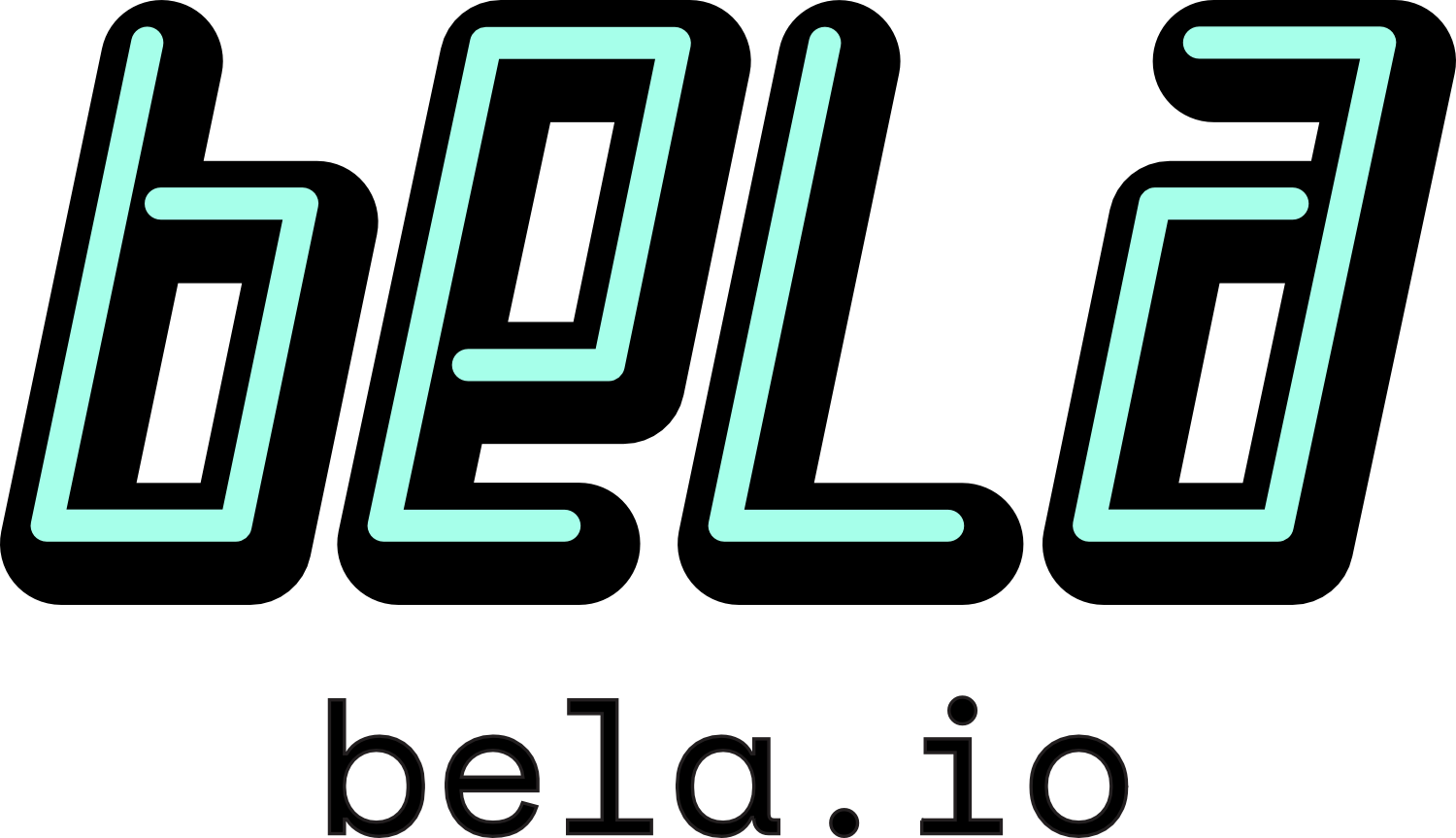Music 2: Instrumental Practices, Subverted Traditions
Split Point: The Piano Reimagined as an Inclusive Hyper-Instrument
Alex Lucas, Tim Leatham, Eoin Fitzpatrick, Mary-Louise McCord & Daniel Morgan
Split Point is a quiet ambient work which explores inclusion and constraint [5] and the redistribution of musical processes in contemporary piano music. In a collaboration between inclusive music collective The Wired Ensemble and experimental pianist Alex Lucas, the piano is played collectively through the use of reductionist [2] interfaces which utilise standard computer accessibility switches. In this configuration, the piano is considered a hyper-instrument [1] with parameters such as pitch, rhythm and timbre, split and redistributed amongst the group. We invite the audience to consider if it is musically interesting to split the piano in such a way and if an individual can communicate independent creative expression when using binary on-off controllers; a common goal in inclusive music [4].
Charon – For Guzheng, violin, samples, and live electronics
Composition & Interactive Design & Violin programming: Yixuan Zhao
Guzheng gesture recognition interactive design & programming: Jialin Fan
Violin Performer: Anna Cashell
Guzheng Performer: Mengmeng Wu
Charon is a celestial body in the solar system. In a tide-locked state, it and Pluto gradually becoming synchronous rotation from different orbits and rotation rates due to the influence of tidal forces over a period of time.
This work combines different sounds of Chinese instrument, Western instrument and Samples. Their process from struggle to integration is a metaphor that Charon is gradually affected by tidal forces. Technology in this work has created interaction among acoustic instruments, samples and sound effects. The connection among them develops the work. I believe that the tension and interaction are the fascination of the combination of sounds.
Dual/Duel/Duet/for/with/halldorophone
Nicole Robson – Queen Mary University of London, UK
Halldor Ulfarsson – University of Sussex, UK
The halldorophone is a cello-like, feedback instrument, developed over the past decade by Halldór Úlfarsson. The instrument is well-established in experimental music circles and gaining wider recognition thanks to it’s use by composer and cellist Hildur Guðnadóttir in film scores, including her Oscar nominated music for Joker (2019). The halldorophone utilises a simple system, whereby the vibration of each string is detected by a pickup, amplified and routed to a speaker embedded in the back of the instrument. By adding gain to individual strings in the feedback loop, the instrument’s response can become rapidly complex, potentially spinning out of control. While every musical performance of a piece is unique in some way and contingent on its particular moment and situation in time, the unstable nature of the halldorophone exacerbates this condition. Players describe the halldorophone as ‘unpredictable’, ‘very much alive’ and as [having] ‘its own ideas’, even tiny changes to their body position in performance might produce unexpected effects. In this NIME premiere for the instrument, cellist Nicole Robson will perform a piece for a new digitally endowed halldorophone, and the title of the piece – Dual/Duel/Duet – acknowledges the active role of the instrument in shaping the composition and performance.
Petrified Wood – Untitled 59
Tabla Touch & Percussion – Kuljit Bhamra
Tidal Cycles Live Coding – Jack Armitage
Svampolin – Laurel S. Pardue
Petrified Wood brings together three exciting cutting-edge improvisers, from disparate musical realms to create new musical interactions utilizing novel new instruments and exploring the potential for live-coding in a musically interactive setting. The trio consists of the duo Jack Armitage (live-coding) and Laurel Pardue (svampolin) joined by the legendary composer, producer, musician, and pioneer of Bhangra, Kuljit Bhamra MBE (electronic tabla and percussion).
The performance features two novel alternative instruments designed to play, present, feel like, and even sound like the acoustic instruments on which they are modelled, but can equally sound completely unlike the originals. The svampolin, a hybrid electro-acoustic violin is a functional decomposition and recomposition of the violin retaining the instrument’s acoustic sonic physicality while enabling audio signal modification. Meanwhile, the electronic tabla, developed as part of efforts to make tabla learning more accessible, can be used in more traditional roles either as a regular tabla or as an interface to control any array of expressive percussive instruments.
Lastly, Jack Armitage brings his expertise and musicianship as a live-coder to not only provide music and texture, but to resample and reframe instrumental player’s ideas live or, through remote control of the svampolin, redefine performer intimacy as the coder alters the svampolin’s performative results in real-time. Changing the instrument’s functionality during a piece, the player and coder are able to shift the role of the instrument from structure to behaviour, or to freely transition between lutherie and performance.
The Feedback-Actuated Augmented Bass (FAAB)
Adam Pulz Melbye and Halldor Ulfarsson
The Augmented Double Bass is a modified double bass featuring electromagnetic pickups, an embedded speaker and onboard DSP through a Bela microprocessor. Through mechanically induced feedback and adaptive signal processing, the instrument expands the textural and spectral affordances of traditional as well as extended playing techniques. The complex dynamics of the electro-acoustic couplings requires the performer to explore the distributed agencies in the human-instrument relationship from the perspective of negotiation and exploration rather than instrumental mastery. The performance is a snapshot of the continuous co-evolution between, on the one hand, new techniques and performance practices and on the other, mechanical, acoustical and digital optimisation.
Artefacts of Presence
Solomiya Moroz – Composition
Dejana Sekulic – Violin
artefacts of presence uses archival material from a folk music archive and was part of a larger project addressing composition with archival material. In artefacts of presence, I used transcriptions of archival material to adapt to violin writing and techniques. In order to establish a performative presence of the violinist on stage, I simulated a musical dialogue between the violinist and the protagonists of the archival footage. The work is based on three archival video recordings, and one audio recording of a famous Ukrainian diaspora fiddle player, Pavlo Humeniuk: ‘Hraj, abo hrozshi widdaj’ (‘Play or give back the money’; Humeniuk, 2015).
In this piece I use idiomatic bowing gestures to also control processing of the electronic samples when the violinist uses air-bowing movements, manipulating looped sample of the opening of ‘Hraj, abo hrozshi widdaj’. The movements act on processing the audio, which speeds up and slows down the sample. The audio processing is possible because the bow is attached to a minibee accelerometer sensor (see Figure 1).
In artefacts of presence manipulations of the audio sample play a central role in gestural composition of the piece. Here, I was playing with the imperfect materiality of the video material, which may be seen as glitchy and disintegrating. Through the presence of the violinist, I was also concerned with setting up the embodiment of the fiddle playing tradition heard and seen in the archival materials of the piece. Thus, after establishing the role of the violinist through conventional playing with idiomatic gestures, a subversion of bowing gestures occurs when the sample becomes manipulated by the violinist’s air-bowed movements. In this moment, bowing with gestural control processes to affect the samples heard could signify a variety of meanings. Here, the play with temporality of the archival audio signified playing with memory and its imperfections. In this piece, gestural sample manipulations challenged
the fixed nature of archival recordings by re-examining, juxtaposing and composing with them, perhaps as one does with memories that cannot be recalled accurately.





